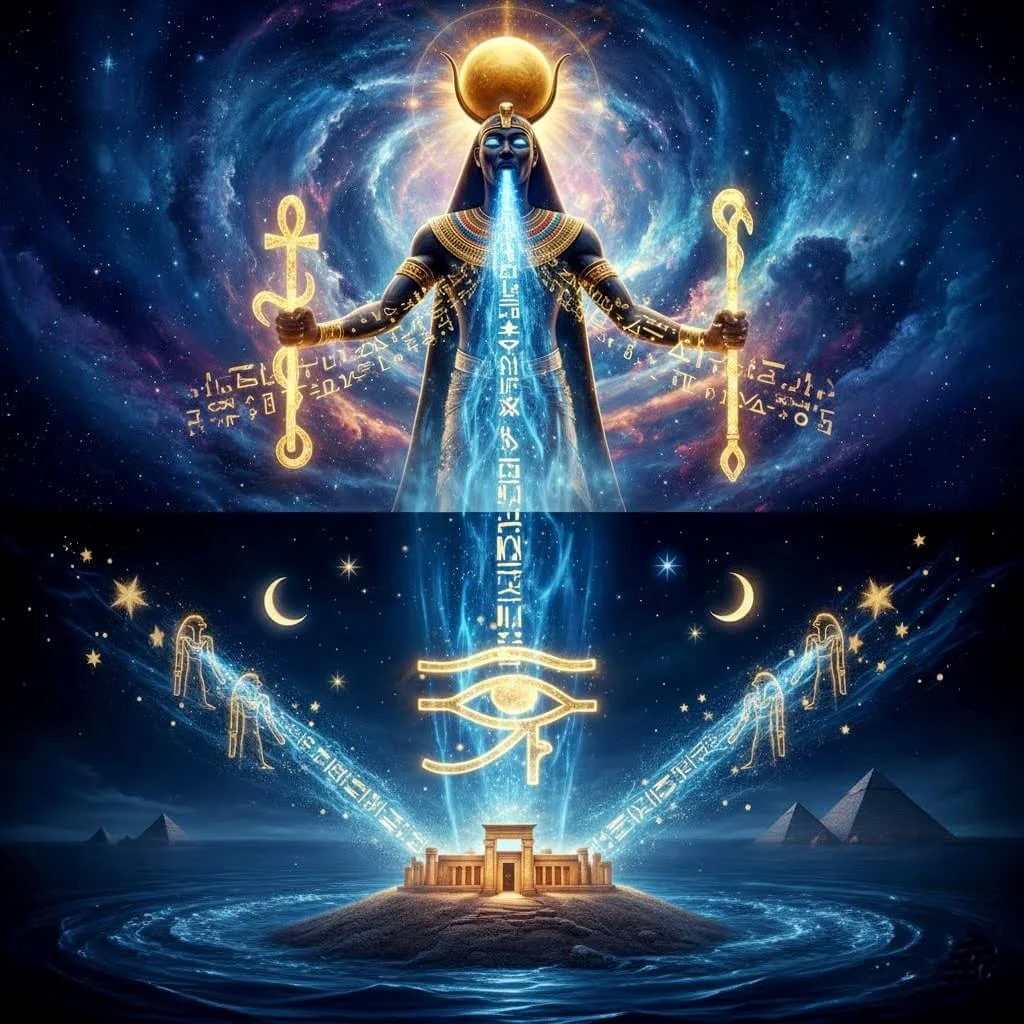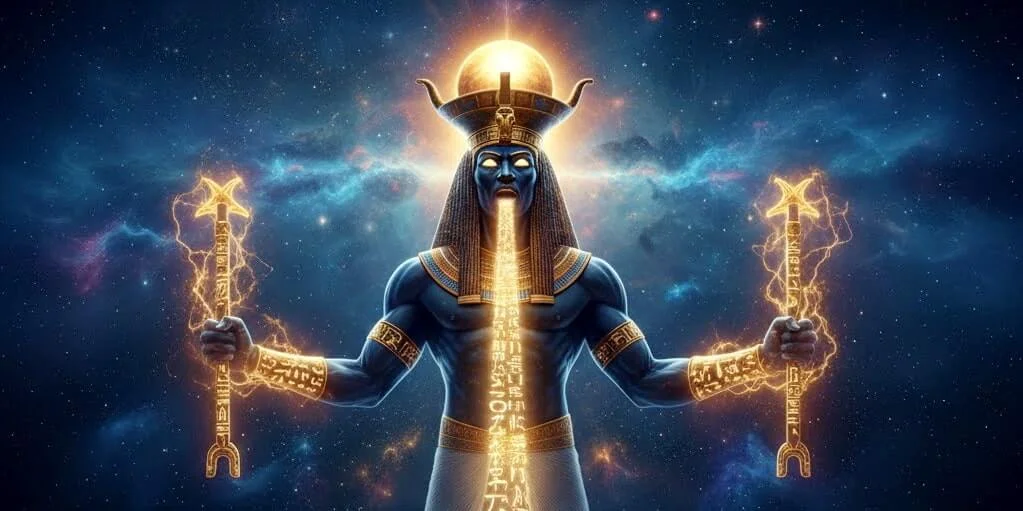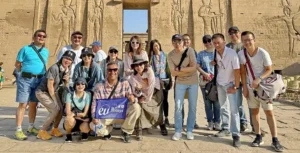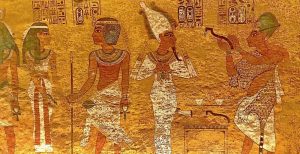The Infamous “Curse of the Pharaohs”
No discussion of ancient Egyptian magic is complete without tackling the “Curse of the Pharaohs.” This idea, made famous by movies, captures the public’s imagination. But what was the truth behind these legendary curses?
What Were Real Tomb Curses?
The “curses” in Hollywood films are pure fiction. The real ancient Egyptian curses were not elaborate, supernatural booby traps. Instead, they were legalistic warnings and threats inscribed near the tomb’s entrance.
These warnings were aimed at any-one—from common thieves to rival priests—who might try to desecrate the “Pure Place” or harm the mummy. A real tomb warning might read:
“As for any man who shall enter this tomb in impurity… I shall wring his neck as a bird… I shall be judged with him for it in the great court.”
These threats were a form of magical protection. They invoked divine judgment in the afterlife and earthly punishment (from tomb guards) against any-one who dared to rob the deceased of their eternity.
The Myth of Tutankhamun’s Curse
The popular idea of the “Pharaoh’s Curse” exploded in the 1920s with the discovery of Tutankhamun’s tomb. When Lord Carnarvon, the expedition’s financier, died suddenly from an infected mosquito bite, newspapers created a media sensation.
Here is the truth:
- No Curse Was Found: There was no specific curse inscribed over the doorway of Tutankhamun’s tomb.
- Most Lived Long Lives: Howard Carter, the man who actually opened the tomb, lived for another 17 years. Most of the other 50+ people present at the opening lived long, healthy lives.
- A Scientific Explanation: Lord Carnarvon was already in poor health. Scientists have suggested that his death could have been caused by natural pathogens. It’s possible that dormant, toxic mold (like Aspergillus) sealed inside the tomb for 3,000 years could have caused a severe lung infection in a man with a compromised immune system.
The “curse” was a fantasy. It was born from sensationalist journalism and the public’s fascination with ancient Egyptian magic. The idea itself, however, is rooted in the very real Egyptian belief that magic, words, and divine power could be used to protect a sacred space forever.
The True Power of Heka
Heka was not a fringe practice or dark art; it was the very engine of the ancient Egyptian cosmos. This ancient Egyptian magic was the science of the divine, the practical application of their religion, and the technology they used to keep the universe running.
From the pharaoh on his throne maintaining Ma’at for the entire nation, to a mother whispering a spell over a protective amulet for her child, Heka was everywhere. The gods used this mystical power to create the world. Priests used it to maintain the world. And in the end, every Egyptian relied on it to safely navigate the final, mysterious journey to the afterlife.
You won’t find the real magic of ancient Egypt in its curses. Instead, you’ll find it in their profound, 5,000-year-old belief in the power of words, the importance of knowledge, and the eternal human struggle to create order from chaos.
This same magic still echoes today in the silent, painted tombs and colossal temples. It’s a magic you can feel. At Egypt Fun Tours, we are passionate about bringing this ancient world to life. Our expert guides can show you exactly where priests performed these Heka rituals. We help you translate the “God’s Words” on the temple walls so you can experience the true, mystical power of Egypt for yourself.





























